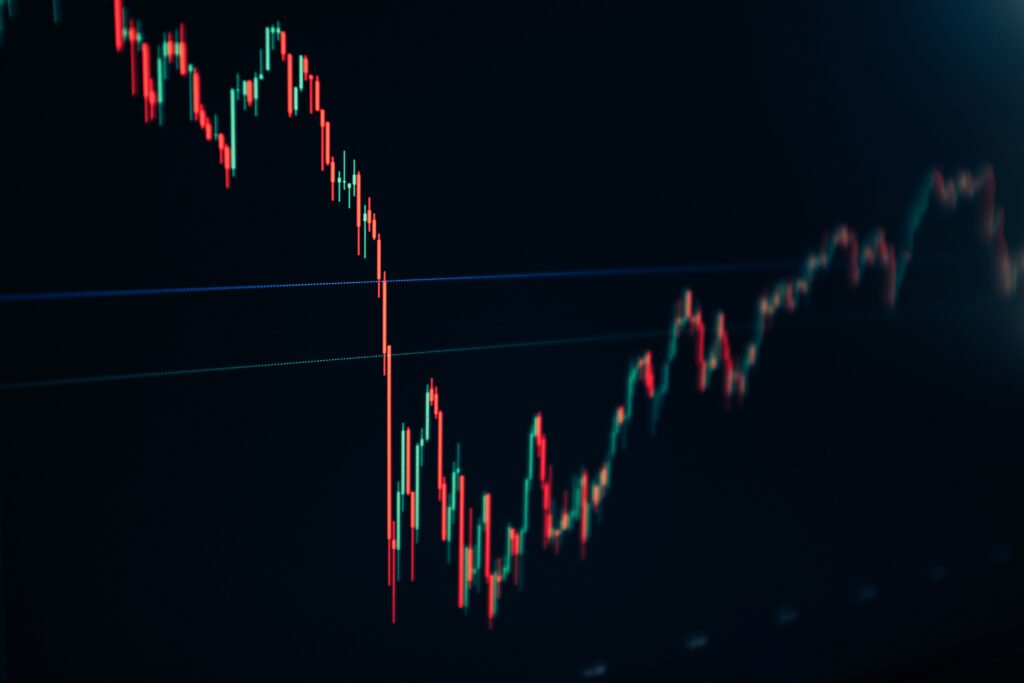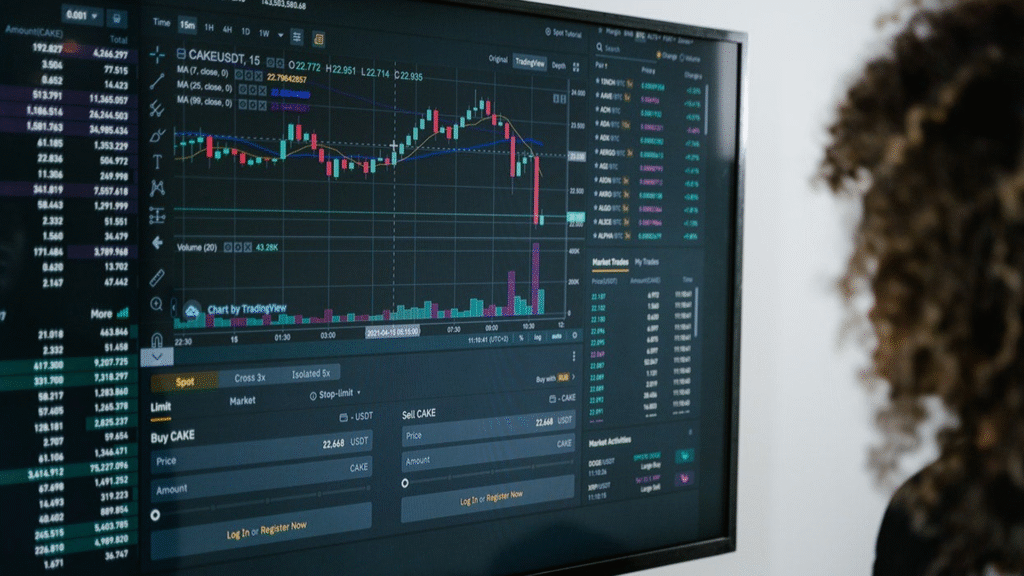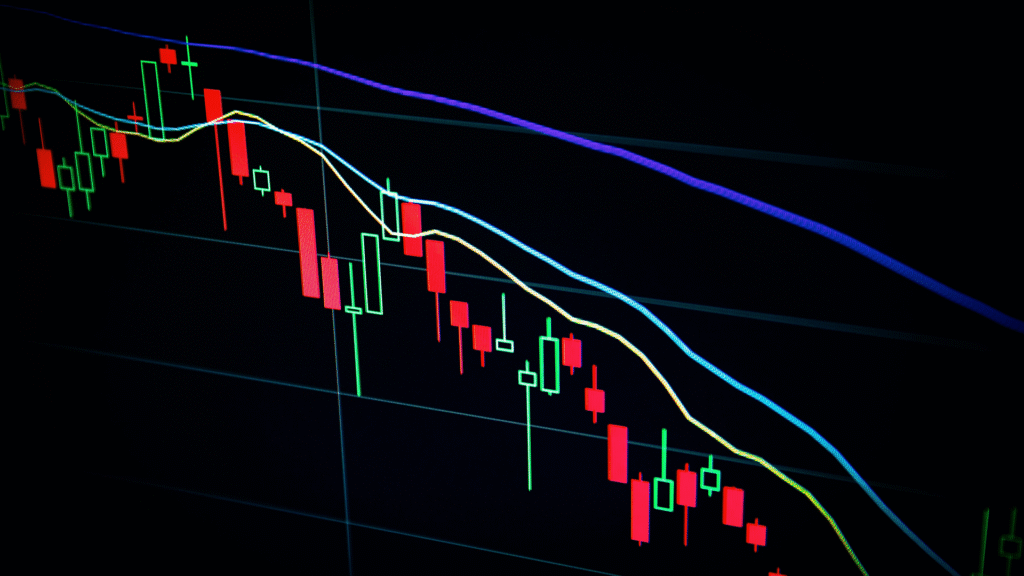Stock market crashes represent some of the most dramatic and impactful events in the financial world. They are characterized by a sudden and significant decline in stock prices across major indices, often triggered by widespread panic selling or underlying systemic economic issues. These pivotal moments don’t just affect individual portfolios; they reshape entire economies, influence investor behavior for generations, and often lead to critical changes in regulatory frameworks. For any investor, a deep understanding of the causes, consequences, and historical patterns of these downturns is not merely academic-it’s essential for mitigating risks and even identifying potential opportunities amidst the turbulence. This blog post will delve into the anatomy of a stock market crash, examine key historical examples, highlight critical lessons learned, and provide strategies to prepare for future downturns.
Key Takeaways
- Stock market crashes are sudden declines often caused by speculative bubbles, economic downturns, or global crises, leading to panic selling.
- Historical events like the 1929 crash and 2008 crisis highlight the importance of diversification, avoiding speculation, and maintaining liquidity.
- Modern markets have safeguards but also new risks from technology and globalization.
- Investors should prepare by diversifying, sticking to a long-term strategy, avoiding emotional decisions, and understanding market regulations.
- Resilience comes from informed planning, not predicting crashes.
The Anatomy of a Market Meltdown: From Trigger to Recovery
Understanding the typical structure of a stock market crash can help investors recognize early patterns and respond more effectively. A crash typically involves a rapid decline of 10% or more in stock prices within a short period, often days or weeks, driven by panic selling or external shocks. The process usually unfolds in several distinct phases. It often begins with a “triggering event,” which could be unexpected news like economic reports or geopolitical crises. This can quickly lead to widespread “panic selling” as investors liquidate assets to stem further losses. During this period, “volatility” reigns supreme, with prices fluctuating wildly as uncertainty dominates the market. Eventually, after the storm, markets begin to “recover,” stabilizing and slowly rebounding over time.
The root causes of crashes are varied but often include speculative bubbles, as seen with the Dot-Com Bubble. Broader economic downturns, like the Great Depression, are also significant culprits. Furthermore, geopolitical or global crises, such as the COVID-19 pandemic, and systemic financial issues, like the subprime mortgage crisis, can all precipitate a market collapse.

Echoes of the Past: Lessons from History’s Tremors
History offers invaluable insights into the triggers and impacts of stock market crashes. The Wall Street Crash of 1929 was ignited by excessive margin trading and speculative investments, creating an unsustainable bubble. Its impact was devastating: the Dow fell by nearly 89%, directly contributing to the Great Depression, marked by widespread unemployment and poverty. The enduring lesson? Avoid excessive leverage and speculative mania; instead, focus on sustainable growth.
Decades later, Black Monday in 1987 saw the Dow plummet by 22.6% in a single day-the largest one-day percentage loss in history-largely amplified by automated program trading. This event highlighted the need for safeguards like circuit breakers to prevent such panic-driven collapses. The Dot-Com Bubble Burst of 2000 was a painful reminder of the dangers of overvalued internet companies with weak fundamentals. The NASDAQ lost nearly 78% of its value over two years, and many tech startups failed. It underscored the importance of grounding investments in fundamentals rather than succumbing to hype or herd mentality.
The Global Financial Crisis of 2008 stemmed from the collapse of the housing market due to subprime mortgage lending and complex financial derivatives. The Dow lost over 50% from its peak, leading to a severe global recession. This crisis emphasized the critical need for portfolio diversification and maintaining liquidity to weather severe downturns. More recently, the COVID-19 Crash in 2020 saw sharp declines followed by a rapid recovery due to significant fiscal stimulus. This event served as a modern lesson to remain invested during shocks and avoid emotional decision-making when volatility is high.
Enduring Principles: Key Lessons for Investors
These historical episodes collectively offer timeless lessons for investors navigating the inherent uncertainties of financial markets. Diversification is key: spread investments across different asset classes like stocks, bonds, and real estate, and across geographies to reduce risk. It’s crucial to avoid speculative bubbles by conducting thorough research before investing and ensuring valuations align with financial fundamentals. Adopting a long-term perspective is vital; markets have historically recovered over time, and panic selling during downturns simply locks in losses unnecessarily. Maintaining liquidity through cash reserves is also a wise strategy for emergencies or to seize opportunities during market corrections. Finally, the evolution of market regulations, including circuit breakers, improved risk management tools, and central bank interventions, plays a critical role in stabilizing markets during crises.

Evolving Landscapes: How Modern Markets Have Changed
Today’s stock markets are, in many ways, more resilient due to significant technological advancements and continuous regulatory improvements. Modern markets employ safeguards against crashes, such as circuit breakers, which temporarily halt trading during extreme volatility to curb panic selling. Central banks also play a vital role, providing liquidity through monetary policies like interest rate cuts or quantitative easing.
While technology has enhanced market efficiency and liquidity through algorithmic trading, it also presents new challenges. If numerous algorithms trigger mass sell-offs simultaneously, they can amplify risks during downturns. The impact of globalization is also significant; financial markets are now highly interconnected globally, meaning that a crash originating in one part of the world can have broader ripple effects across economies worldwide. Consequently, investors must closely monitor global events, as they can significantly influence domestic markets.
Fortifying Your Portfolio: Preparing for the Unpredictable
While investors cannot reliably predict when the next crash will occur, they can certainly prepare effectively by adopting sound, proactive strategies. Individual investors should build a diversified portfolio with exposure to multiple sectors and asset classes. It’s essential to stick to a long-term investment strategy aligned with personal financial goals and to avoid emotional decision-making during periods of high volatility. Furthermore, monitoring leverage levels can prevent forced liquidations during downturns.
Beyond individual actions, robust policy frameworks are crucial for market stability. This includes strengthening regulatory frameworks to address vulnerabilities like excessive speculation or systemic risks. Promoting financial literacy among investors can help them better understand risks. Encouraging transparency within financial institutions is also vital to prevent hidden risks from escalating into crises.
Conclusion
Stock market crashes are an inevitable, albeit challenging, aspect of investing and the broader economic system. They serve as stark reminders of the inherent complexities and interdependencies within financial markets. By diligently studying these historical events and understanding their underlying causes and profound consequences, we equip ourselves with invaluable insights that can profoundly guide our investment strategies moving forward.
The enduring lessons-the critical importance of diversification, the necessity of due diligence in avoiding speculative bubbles, the prudence of maintaining liquidity, and the ongoing fostering of robust regulatory safeguards-are not merely theoretical concepts. They are essential tools for navigating future market uncertainties successfully. While we can never perfectly predict when or how the next crash will occur, we can certainly prepare ourselves through informed decision-making and strategic planning to weather any storm that may arise. This proactive approach allows us to not only withstand downturns but potentially even emerge stronger on the other side. Resilient investing isn’t about avoiding downturns; it’s about building a portfolio and a mindset that can effectively navigate them.


